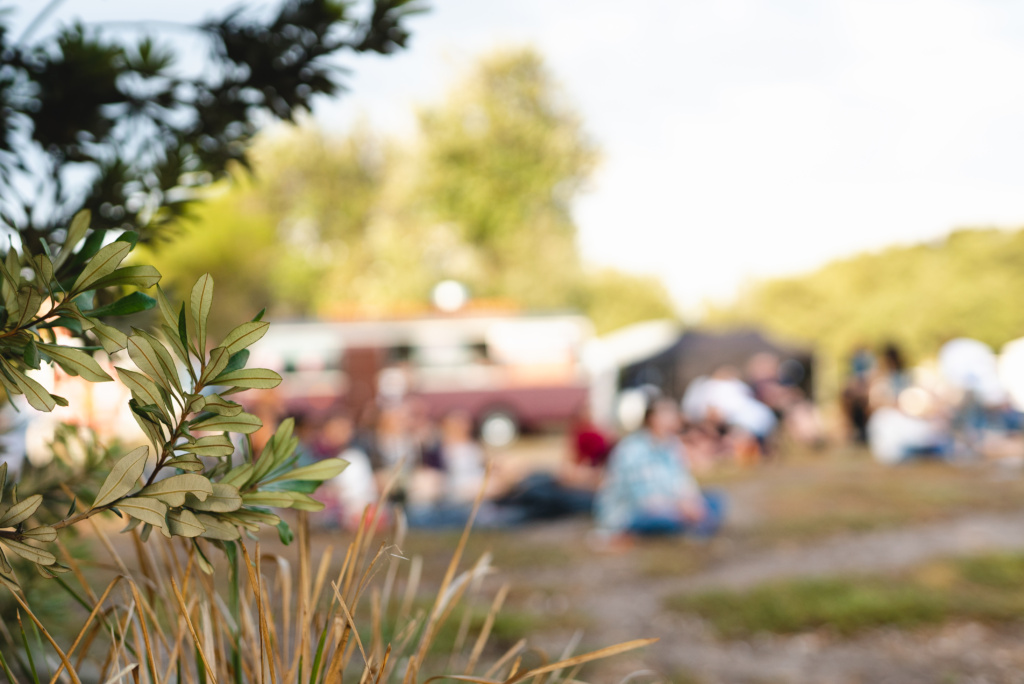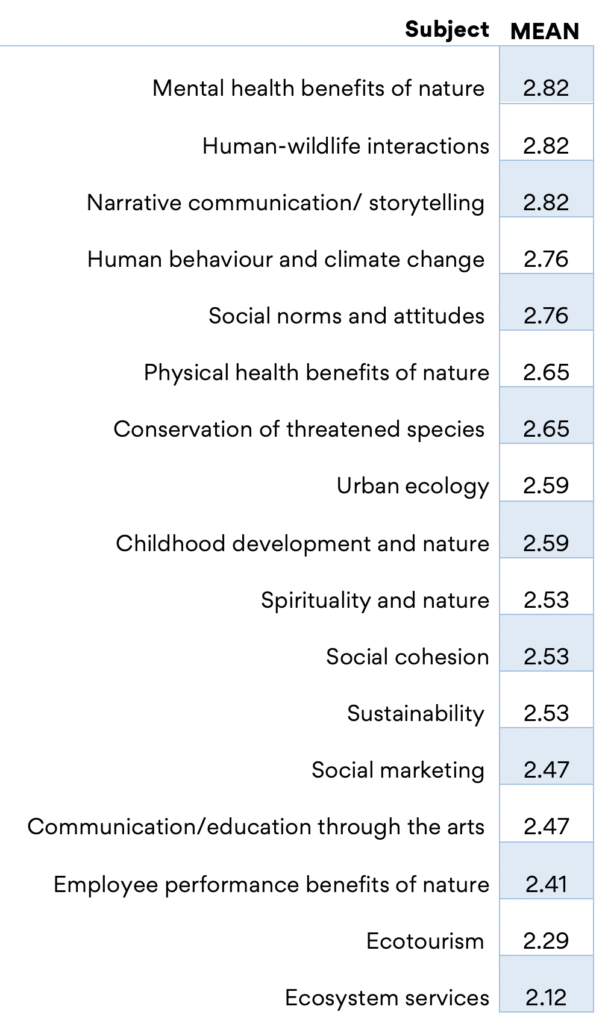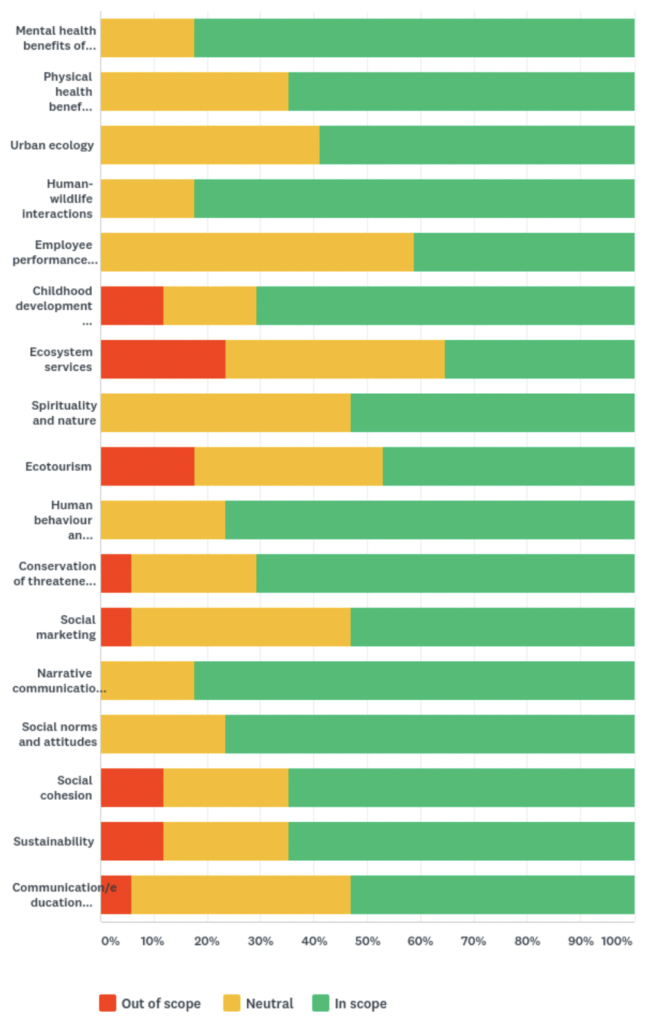
Launching PANA
Welcome to the People and Nature Alliance.
We are thrilled to have launched our website and open our group to new members.
PANA is a community of practice dedicated to understanding and improving human-nature relationships. We are a new and fast growing entity who welcome members from diverse fields.
How did PANA come about?
PANA was born of a recognition of the need to better understand human-nature relationships so we might work to improve them. This need has been identified across various disciplines and has seen an increasing number of people researching and working in related areas. However, despite their similar interests and aims, such people are often disconnected from another. This may be for many reasons; such as physical distance, lack of time, or just ignorance to one another’s existence. PANA was formed to reduce this inherent siloing and bring people with similar aims together in an easy and enjoyable way.
The idea for the community of practice originated with groups in Victoria and South Australia. Initial discussions involved Remember The Wild, Amongst It, The Royal Society of Victoria, and individuals at The University of Melbourne, RMIT, Deakin University, and the Department of Environment, Land, Water and Planning (DELWP). Early support was also offered by the Australian Resilience Centre.
During 2019, two workshops were held to define the parameters of the community of practice. Online surveys were also sent to prospective members, particularly to capture the thoughts and feelings of those unable to attend the workshops. During this time, a growing number of people expressed interest in joining the group. The development of PANA was thereby informed by individuals from entities additional to those listed above, including Monash University, Griffith University, Behaviour Works, Gardens for Wildlife Victoria, Leap into Nature, and the Arthur Rylah Institute. As a result of this initial work, a statement of purpose was developed and a name given to the group. “The People and Nature Alliance” was chosen due its broad nature and alignment with the convention of other groups like the Climate and Health Alliance.
What is a "community of practice"?
Communities of practice vary in their make-up, governance, and activities, but broadly speaking we can think of them as “a group of professionals informally bound to one another through exposure to a common class of problems, common pursuit of solutions, and thereby themselves embodying a store of knowledge”
I’m certainly not an expert in communities of practice, but according to some who are, we can partition them into three main components: (i) domain, (ii) community, and (iii) practice.
Domain: Community members have a shared domain of interest, competence and commitment that distinguishes them from others. This shared domain creates common ground, inspires members to participate, guides their learning, and gives meaning to their actions.
For PANA, this domain is human-nature relationships. That is; how people interact with, relate to, and understand the natural world. For simplicity’s sake, we might use the term “nature connection”, though this has various meanings in different contexts – some more specific than how we are using it – and so we refer mostly to the more encompassing concept of human-nature relationships. Regardless, the point is that PANA’s domain of interest is the intersect between people and nature (see below for more detail).
Community: Members pursue this interest through joint activities, discussions, problem-solving opportunities, information sharing and relationship building. The notion of a community creates the social fabric for enabling collective learning. A strong community fosters interaction and encourages a willingness to share ideas.
PANA takes two broad approaches to fostering our community: (i) the coordination of events (such as workshops, seminars, conferences, etc.), and (ii) the facilitation of an online community platform. Our events are aimed at identifying and addressing issues within our domain, as well as building relationships and sharing knowledge. Our online community is a way of connecting PANA members regardless of their location and enabling ongoing discussion, sharing, and learning. It’s also just a fun and safe space for people within our domain to express their ideas and collective passion.
Practice: Community members are actual practitioners in this domain of interest, and build a shared repertoire of resources and ideas that they take back to their practice. While the domain provides the general area of interest for the community, the practice is the specific focus around which the community develops, shares and maintains its core of collective knowledge.
The practice – or practices – that make up PANA are broad but interconnected. Our members include researchers, public servants, non-profit staff and more, from fields as diverse as ecology, health, social science, and the humanities. Our strength as a community is in bringing together different sectors and different disciplines. This diversity of knowledge, experience, and perspective unite in our “practice” of informing and improving human-nature relationships.
Who is PANA for?
PANA is for anyone whose work or study concerns the intersection of people and nature. Academic, students, public servants, activists, and many others will find our community a great environment to share knowledge and collaborate. While we vet memberships, we are welcoming of a diversity of disciplines and backgrounds, and encourage anyone with a focus on human-nature relationships to apply.
Defining our community of practice
A survey was then sent to the group, including members unable to attend the workshop, asking for input on what should be within the scope of PANA.



